

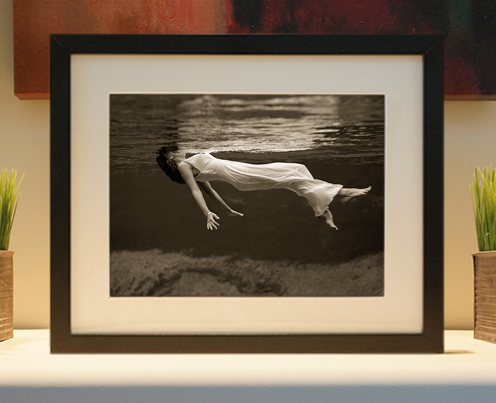
Framed or unframed, desk size to sofa size, printed by us in Arizona and Alabama since 2007. Explore now.
Shorpy is funded by you. Patreon contributors get an ad-free experience.
Learn more.

- Freeze Frame
- Texas Flyer wanted
- Just a Year Too Soon
- WWII -- Replacing men with women at the railroad crossing.
- Yes, Icing
- You kids drive me nuts!
- NOT An Easy Job
- I wonder
- Just add window boxes
- Icing Platform?
- Indiana Harbor Belt abides
- Freezing haze
- Corrections (for those who care)
- C&NW at Nelson
- Fallen Flags
- A dangerous job made worse
- Water Stop
- Passenger trains have right of way over freights?
- Coal
- Never ceases to amaze me.
- Still chuggin' (in model form)
- Great shot
- Westerly Breeze
- For the men, a trapeze
- Tickled
- Sense of loneliness ...
- 2 cents
- Charm City
- What an Outrage
- Brighton Park
Print Emporium
What a Dump: 1911
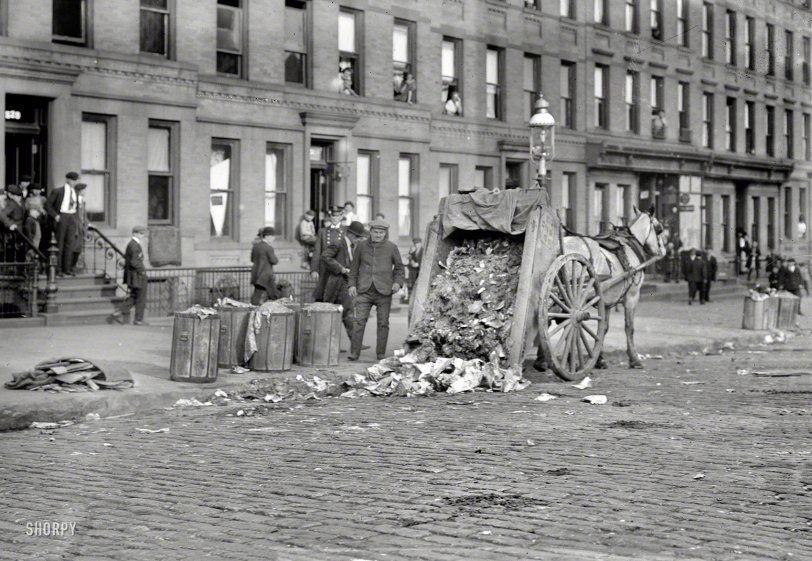
November 13, 1911. "New York streets during garbage strike." Note ashcans full of actual ashes. Bain News Service glass negative. View full size.
Ash Cans
Into the early to early-1970s, NY City Board of Ed still had schools with coal fired boilers. Namely PS 129 Queens. When truck showed up to cart away ash, teachers on that side of building had to close the windows!
Department of Street Cleaning District II
The side of the horse cart is bears the notation "D.S.C" which stood for Department of Street Cleaning. The "II" at the top was the District to which the equipment belonged. Not sure about the numbers(?) in the middle.
DSC had jurisdiction over the Bronx, Brooklyn and Manhattan, so the image could be from any of those Boroughs. But Manhattan or possibly Brooklyn are most likely.
There is a map in the Map Room at the NYPL that shows the boundaries of the old Street Cleaning Districts, but it's not online. Today, Manhattan Sanitation District 2 covers the west side from I think Houston to 59 Streets, west of Broadway. So odds are, this picture was taken in the same area.
Tenth Avenue Freeze Out, er, Ash Out?
I'm speculating a bit, as there's not much to go on besides the No. 529 on the building at left, but my best guess is that this picture shows Tenth Avenue on the West Side of Manhattan. The wide sidewalks suggest an avenue rather than a street, and in addition there probably would be fewer people visible if this were a street. The lack of an elevated train eliminates Ninth, Third and Second avenues, and even in 1911 the avenues between Eighth and Lexington would have been more commercial than this mostly residential block. Eleventh Avenue would have been industrial.
That leaves Tenth and First avenues as possible candidates. I'll go with Tenth because there's something about the buildings that seems more West Side than East. If indeed this is right, there are no traces of this scene remaining today as that part of Tenth is now the site of Lincoln Tunnel ramps. The area around 529 First Avenue is now occupied by hospital facilities.





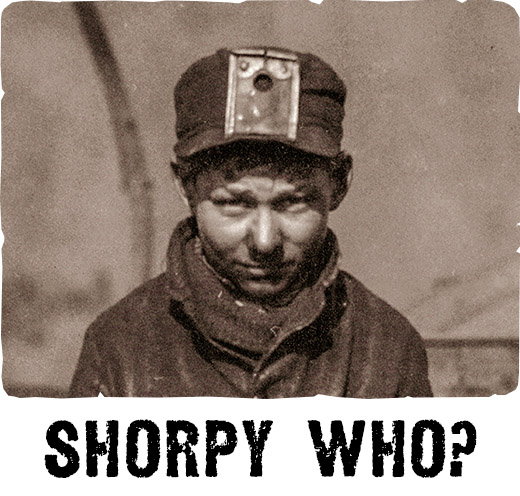
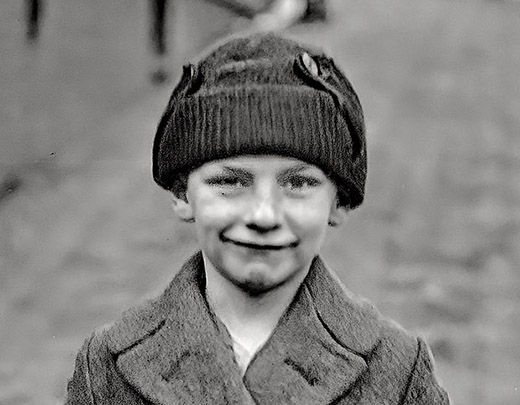
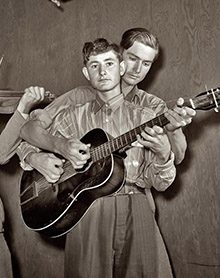
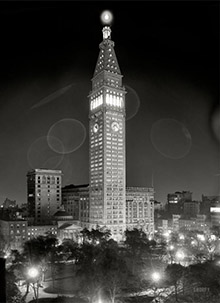
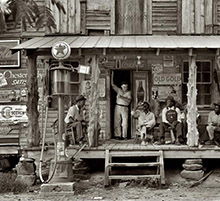
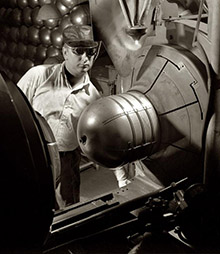
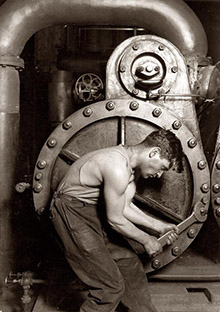
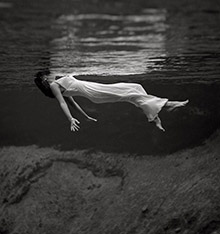
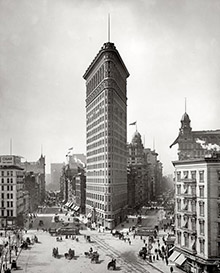
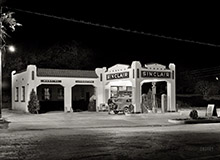
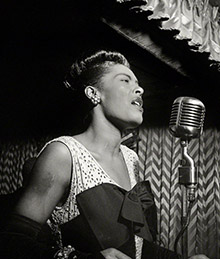
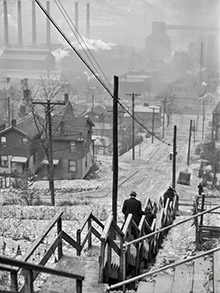
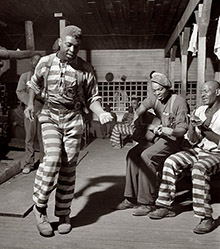
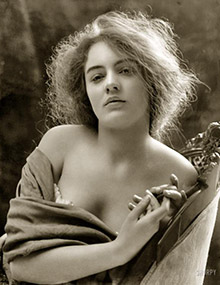
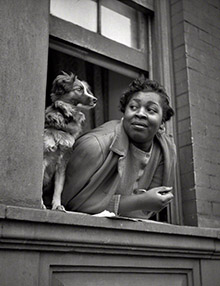
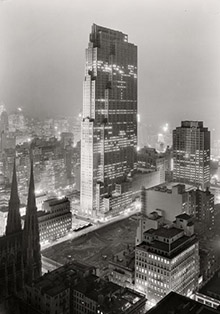
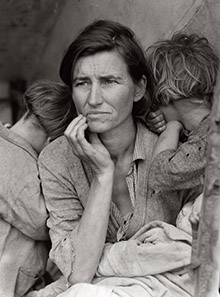
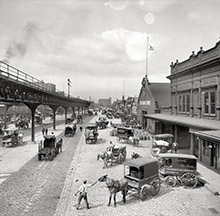
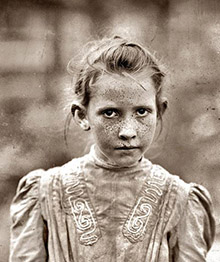
On Shorpy:
Today’s Top 5